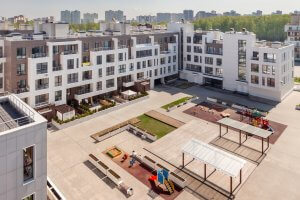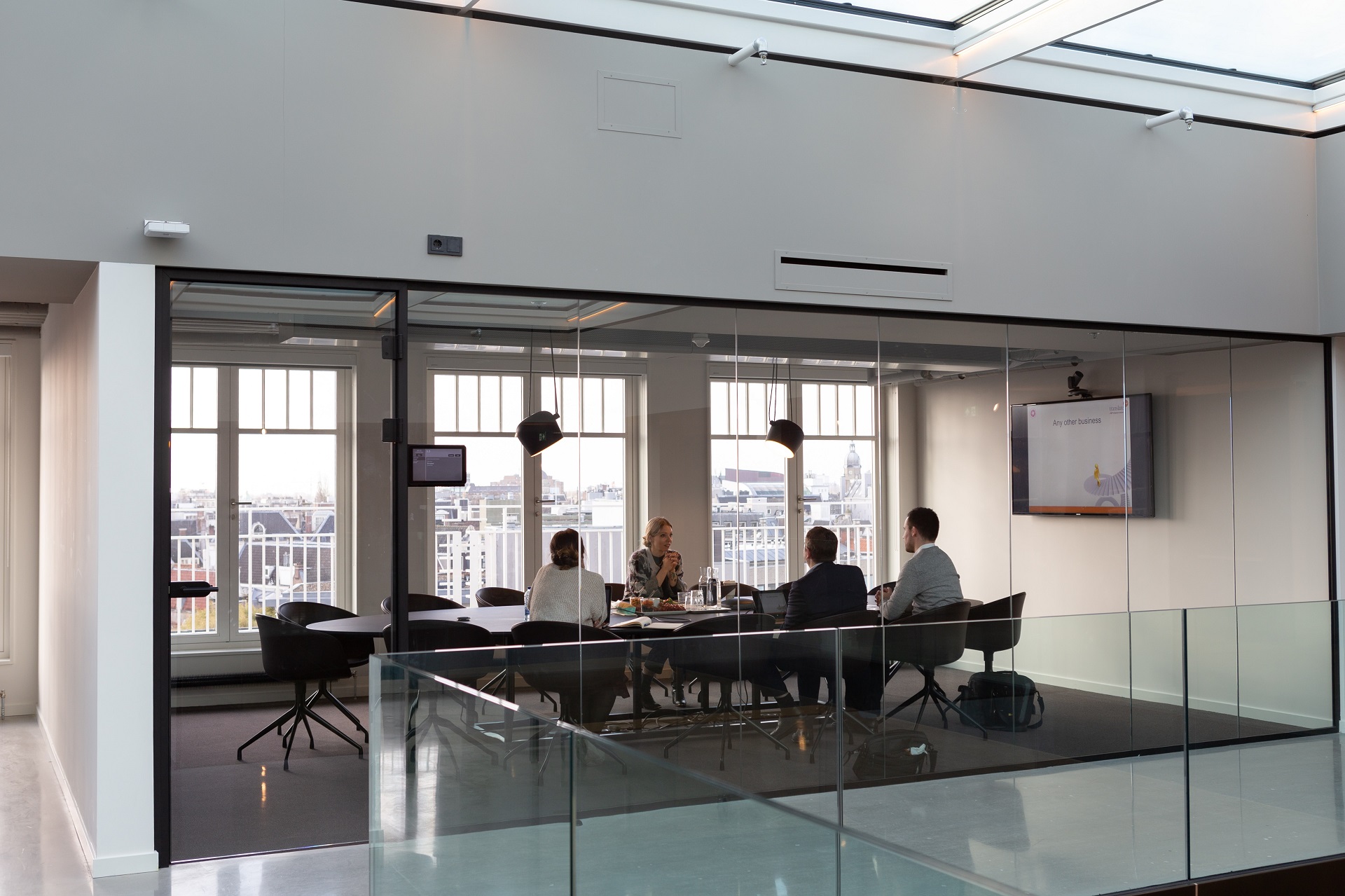- Commercial real estate

Shorter Reads
Coronavirus: How should landlords of multi-tenant offices manage safety in common areas?
Safety in common areas is a significant concern of businesses returning to work in multi-let office buildings.
1 minute read
Published 11 May 2020
Key information
- Specialisms
- Real Estate
- Services
- Commercial real estate
Businesses across the UK will soon begin to return to their offices as the current lockdown restrictions are eased. And whilst government is providing advice to businesses on how they should manage the safety of staff, questions are being raised by those in multi-let office buildings over safety in common areas, such as the lobby, washrooms and lifts.
Emily Lam, a Senior Associate in the Commercial Real Estate team at Collyer Bristow, whose clients include both office landlords and occupiers, comments:
“We have been approached by a number of businesses with space in multi-let offices who are themselves having to grapple with the social distancing requirements in their office spaces but are expressing concerns over the areas of a building where they have no control – such as the lobby, lifts and washrooms.
“It is difficult for businesses to exercise any control over these areas, being reliant on measures taken by landlords and building management teams. And they are likely to find it challenging.
“It will not in many cases be practical for commercial property landlords to restrict entry to a building by having, for example, staff queuing outside, as we have seen with the supermarkets, to limit the number of people in a building at any one time. Whilst individual businesses may be able to phase the time of staff arriving or departing, this is likely to prove impractical in large multi-let offices.
“Realistically achievable solutions include requiring staff and visitors to wear face masks whilst in those common areas and increasing cleaning regimes, together with social distancing measures, such as restrictions on lift users, cutting the capacity of particular rooms by removing chairs and signposting walking directions. Temperature screening, allocating a separate isolation room for those with symptoms, disabling any touchscreens and removing any shared items frequently touched (like remote controls) are also options. Landlords may even wish to move to no/low-touch doors, switches and other fittings.
“Any increased cost incurred by the landlord following more rigorous cleaning regimes or other schemes is likely to be passed on to tenants through the service charge, where possible.”
Related content
Shorter Reads
Coronavirus: How should landlords of multi-tenant offices manage safety in common areas?
Safety in common areas is a significant concern of businesses returning to work in multi-let office buildings.
Published 11 May 2020
Associated sectors / services
Businesses across the UK will soon begin to return to their offices as the current lockdown restrictions are eased. And whilst government is providing advice to businesses on how they should manage the safety of staff, questions are being raised by those in multi-let office buildings over safety in common areas, such as the lobby, washrooms and lifts.
Emily Lam, a Senior Associate in the Commercial Real Estate team at Collyer Bristow, whose clients include both office landlords and occupiers, comments:
“We have been approached by a number of businesses with space in multi-let offices who are themselves having to grapple with the social distancing requirements in their office spaces but are expressing concerns over the areas of a building where they have no control – such as the lobby, lifts and washrooms.
“It is difficult for businesses to exercise any control over these areas, being reliant on measures taken by landlords and building management teams. And they are likely to find it challenging.
“It will not in many cases be practical for commercial property landlords to restrict entry to a building by having, for example, staff queuing outside, as we have seen with the supermarkets, to limit the number of people in a building at any one time. Whilst individual businesses may be able to phase the time of staff arriving or departing, this is likely to prove impractical in large multi-let offices.
“Realistically achievable solutions include requiring staff and visitors to wear face masks whilst in those common areas and increasing cleaning regimes, together with social distancing measures, such as restrictions on lift users, cutting the capacity of particular rooms by removing chairs and signposting walking directions. Temperature screening, allocating a separate isolation room for those with symptoms, disabling any touchscreens and removing any shared items frequently touched (like remote controls) are also options. Landlords may even wish to move to no/low-touch doors, switches and other fittings.
“Any increased cost incurred by the landlord following more rigorous cleaning regimes or other schemes is likely to be passed on to tenants through the service charge, where possible.”
Associated sectors / services
- Commercial real estate
Need some more information? Make an enquiry below.
Enjoy reading our articles? why not subscribe to notifications so you’ll never miss one?
Subscribe to our articlesMessage us on WhatsApp (calling not available)
Please note that Collyer Bristow provides this service during office hours for general information and enquiries only and that no legal or other professional advice will be provided over the WhatsApp platform. Please also note that if you choose to use this platform your personal data is likely to be processed outside the UK and EEA, including in the US. Appropriate legal or other professional opinion should be taken before taking or omitting to take any action in respect of any specific problem. Collyer Bristow LLP accepts no liability for any loss or damage which may arise from reliance on information provided. All information will be deleted immediately upon completion of a conversation.
Close




































